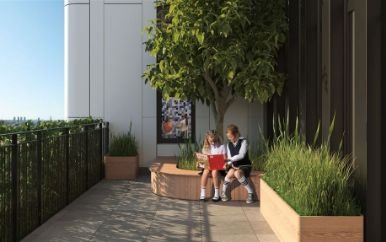At Marymount, students ignite their curiosity and spark a lifelong love of learning. Our faculty design an intellectually challenging and dynamic curriculum that drives discovery and creativity, promotes questioning and dialogue, and inspires innovation and ingenuity. Marymount students are active, hands-on learners who take intellectual risks in a supportive community. A strong focus on character development, meaningful collaboration, and effective communication skills is woven throughout our academic program.
Early Childhood
(Nursery & Pre-K)
Nursery and Pre-K students flourish in a program that thoughtfully balances teacher-led instruction and open-ended learning opportunities to educate the whole child. Through collaborative play and hands-on exploration, students develop both the social-emotional skills and the foundational literacy and numeracy abilities that set them up for success in Kindergarten and beyond.
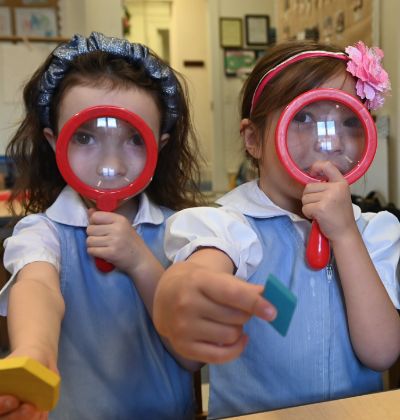
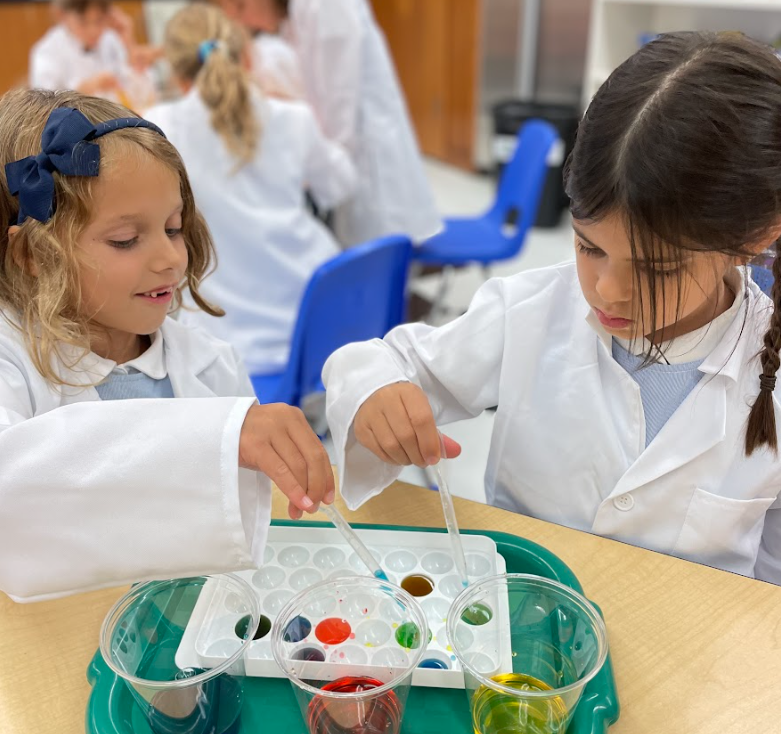
Lower School
(Kindergarten - Class II)
Infused with abundant enthusiasm and creativity, our Lower School program inspires true joy in learning. From publishing their first book to creating an innovative product for the Invention Convention, students engage in active learning that draws upon their curiosity, imagination, and problem-solving skills. Meeting each child exactly where they are, our faculty supports and challenges students every step of the way.
Lower Mid
(Classes III-V)
Designed to foster intellectual and personal growth, our Lower Mid program expands students’ learning horizons as they explore the wider world around them. Students draw connections across disciplines through robust cross-curricular collaborations. With an emphasis on effective communication, students begin to find their voice and hone their skills as clear and confident speakers and writers.
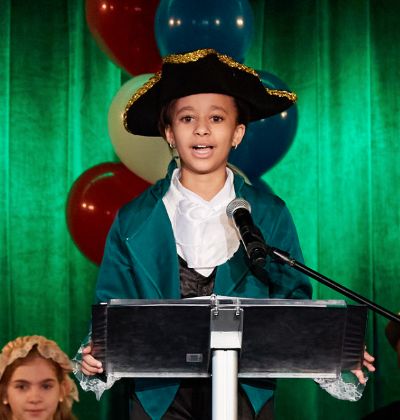
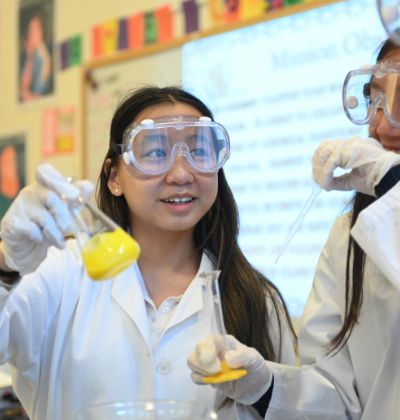
Upper Mid
(Classes VI-VIII)
Upper Mid students build agency and ownership of their learning as they gain independence both inside and outside of the classroom. Our program sparks student-driven inquiry, critical thinking, and meaningful collaboration with peers. Through project-based learning, students employ ingenuity and build resilience as they test ideas, troubleshoot problems, and overcome obstacles.
Upper School
(Classes IX-XII)
Our Upper School program develops confident, capable, compassionate leaders who advocate with conviction for themselves and others. In addition to rigorous required courses, students pursue their interests through dynamic electives and challenge themselves in advanced college-level classes. Students take intellectual risks, exercise creativity and innovation in solving real-world problems, and invest in their own unique gifts as they shape their future.
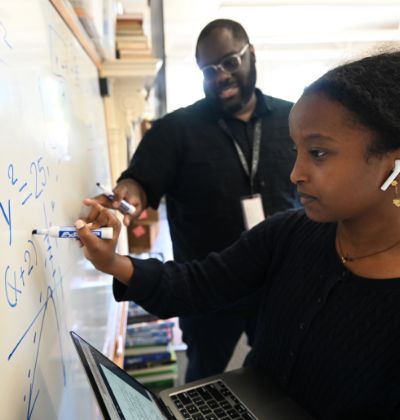
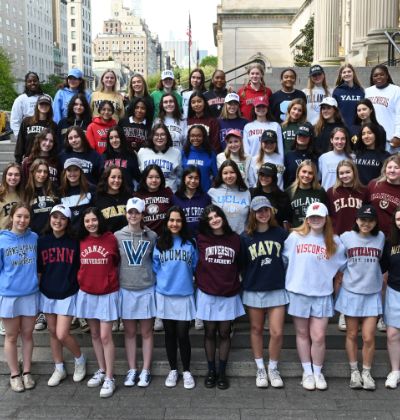
College Counseling
At Marymount, college counseling is a four-year partnership, with each family receiving individualized guidance in junior and senior year. From choosing a targeted course of study in Upper School to defining future goals and submitting stellar applications, Marymount’s college counseling process is highly personalized, allowing each student to find the school that is the right academic, social, and financial fit for them.

